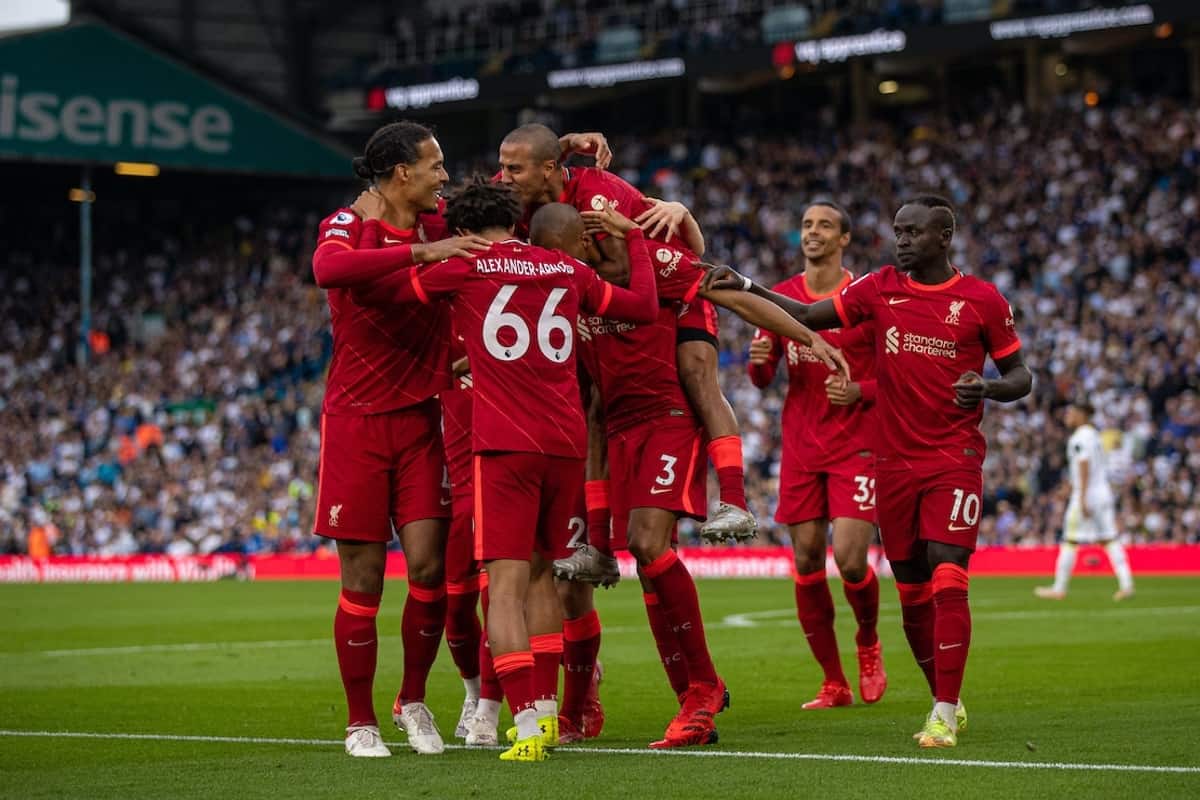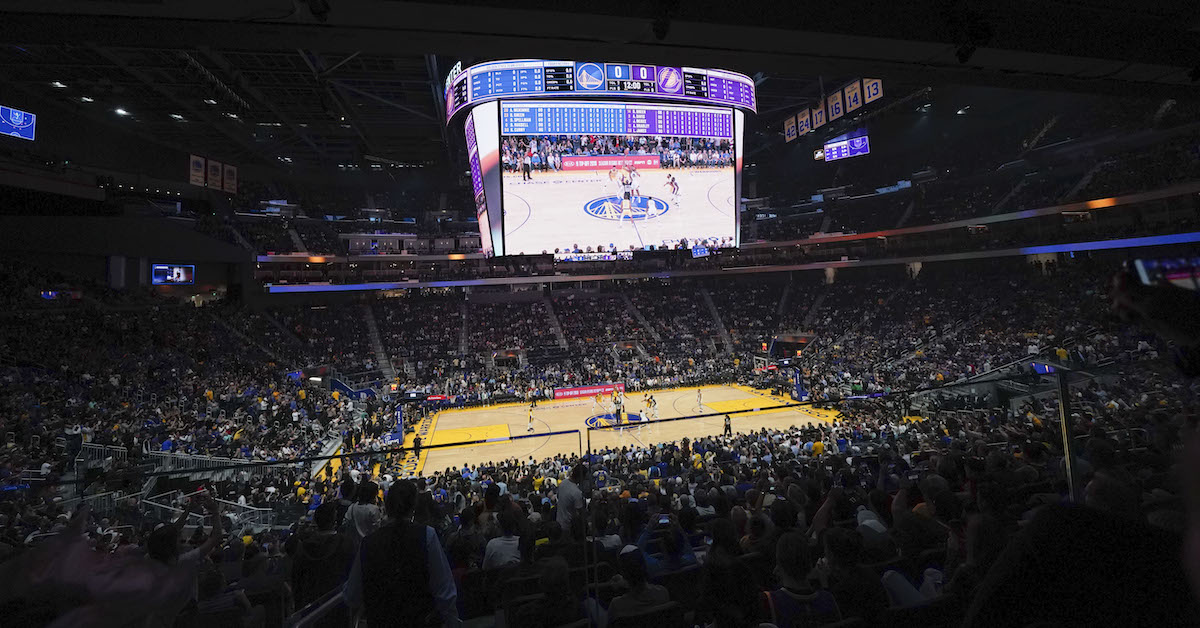The economic tactics that drive Liverpool and Real Madrid

Liverpool against Real Madrid in the Champions League final is a fixture for football fans to savour – two giants battling it out for one of the most prized trophies in the game. And regardless of the result, some will also see this match as a win for football over geopolitics and big money.
For these two sides making it to the final means that other powerful teams were knocked out along the way. There is no Manchester City, a club much criticised for the lavish resources it receives from the Abu Dhabi governnment. There is no Paris St-Germain, which is funded by the vast wealth of Qatar.
No sign of Chelsea either, the defending European champions, who until recently enjoyed the financial backing of a billionaire with strong connections to Russian leaders and Russian gas.
So perhaps this year’s Champions League final is indeed a victory for football purists – a chance to support traditional clubs, untainted by the vast wealth and questionable politics of their rivals.
But before a wave of nostalgia washes over anyone, it is worth remembering that Liverpool versus Real Madrid is not a simple matter of old fashioned sporting values lifting up the beautiful game.
For a start, both clubs have traditionally had strong political associations; the Reds with the left and Los Blancos with the right.
And the two sides have openly embraced free market ideology, making them among the wealthiest clubs in the world. In the 2022 ranking of clubs by revenue, Real Madrid (which has topped the list 12 times in the last 25 years) ranks second, with earnings of €640.1 million (£544.2 million), while Liverpool are seventh with €550.4 million (£467.9 million).
Both teams, then, earn and spend vast amounts of money. For instance, Liverpool has one of football’s most commercially lucrative kit deals (with Nike), while Real Madrid still has an appetite for spending vast sums on top players.
And it would be naive to think that the clubs are uninterested in becoming even wealthier. Indeed, just over a year ago, Liverpool and Real Madrid were among the eight football clubs which announced controversial plans to form a European Super League.
This was a scheme clearly designed to accelerate the flow of revenues into already rich clubs, at the expense of other sides across Europe.
Liverpool’s owners eventually stepped back from the proposal, at least for the time being. Real Madrid president Florentino Perez however, still seems intent on getting his way and launching a breakaway league.
So while it is true that neither of this year’s Champions League finalists are fuelled by oil and gas revenues, they remain prime examples of free market football, and the cash it brings in.
Moneyball
The graphics below allow us to take an overall view of the investments and sponsorship surrounding both clubs, all of which are in the public domain. Each circle represents an economic “actor” (a club, a business or an individual), while each connecting line represents a significant economic transaction.
A closer look at Liverpool’s most lucrative commercial deals reveals that the club’s owner, Fenway Sports Group, which also boasts the Boston Red Sox in its portfolio, has assembled a sizeable network of entertainment businesses and properties in the US.
This includes RedBird Capital Partners, a “high-profile dealmaker” in the professional sports world, and RedBall Acquisition Corp, spearheaded by Billy Beane (of Moneyball fame) and Gerry Cardinale, the co-founder of the Yankees Entertainment & Sports Network.
Another business of note is SpringHill Company, an entertainment development and production firm headed by basketball star LeBron James, which has tennis player Serena Williams on the board of directors. James is also a shareholder of Liverpool FC.
Though not overtly political, Liverpool’s private ownership and US focused operations embody a free market ideology that has become increasingly prominent across European football over the last two decades.
Real fortunes
At first glance, Real Madrid would appear to be a very different beast. The club is owned by its members – known as “socios” – who get to vote club officials into and out of office.
But the graphic of its commercial deals and relationship shows how closely linked to foreign wealth it has become. There are connections with Qiddiya, an entertainment “mega-project” under construction in Saudi Arabia, and with a Chinese bank which issues a Real Madrid branded credit card.
There are also commercial relationships with Abu Dhabi Bank and Emirates Airline in the UAE, Sela Sports, an event management company based in Saudi Arabia, and technology firms in South Korea and China.
Overall, there’s a lot of money invested in the two sides playing for the trophy. And the political side of the game is arguably more obvious than ever.
This year’s Champions League tournament started out with Russian energy giant Gazprom as a principal sponsor, with the final due to be held in Vladimir Putin’s hometown of Saint Petersburg.
After the invasion of Ukraine, the final was moved to Paris, and the deal with Gazprom terminated. So despite being sanitised of Russia’s influence and of fortunes made through oil and gas, the match still represents two of the key players in the modern game: politics and business.
This article was originally posted on The economic tactics that drive Liverpool and Real Madrid



